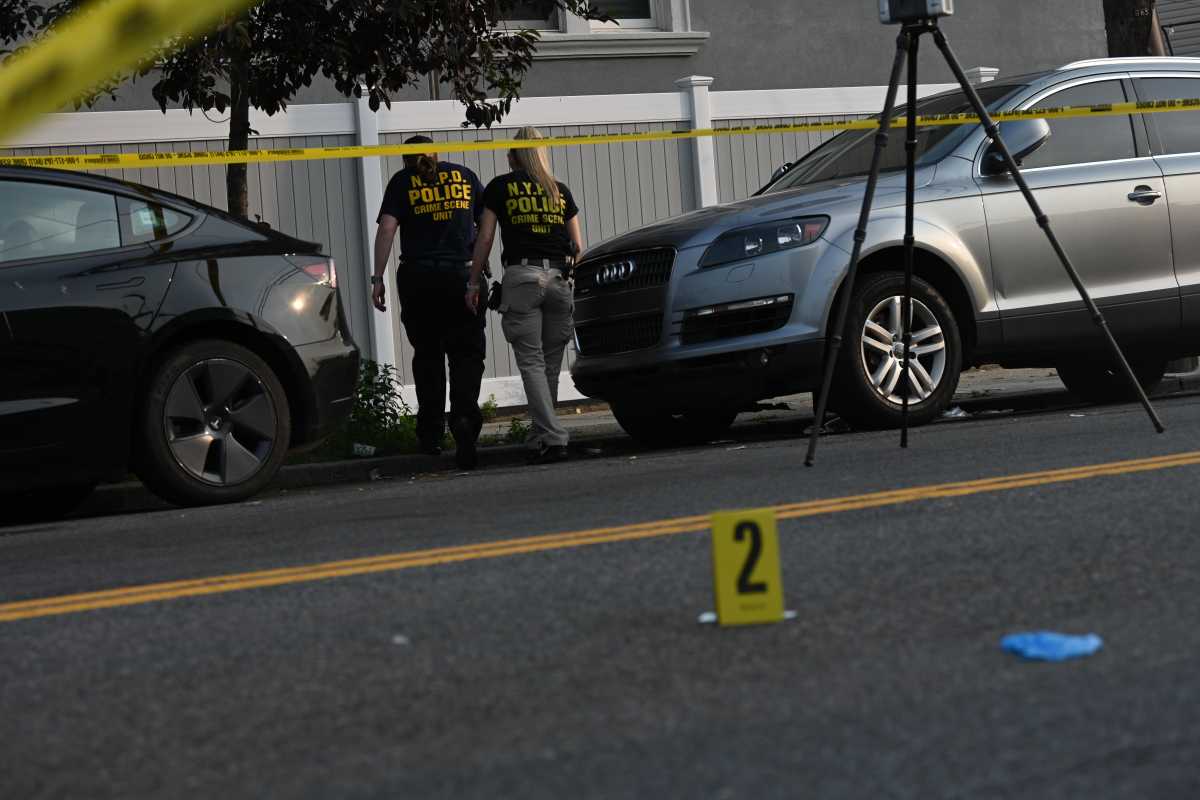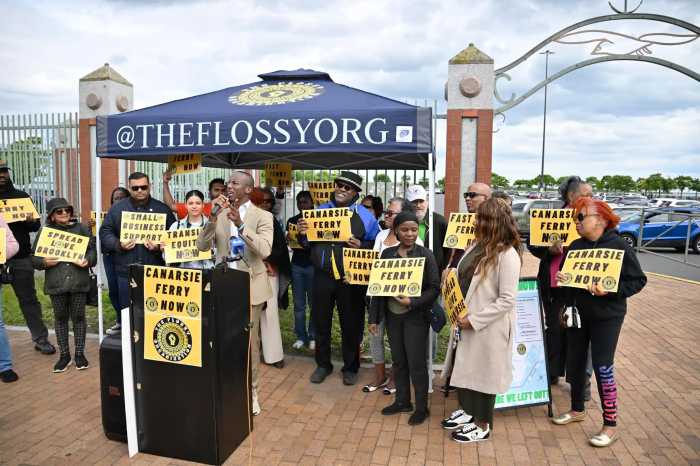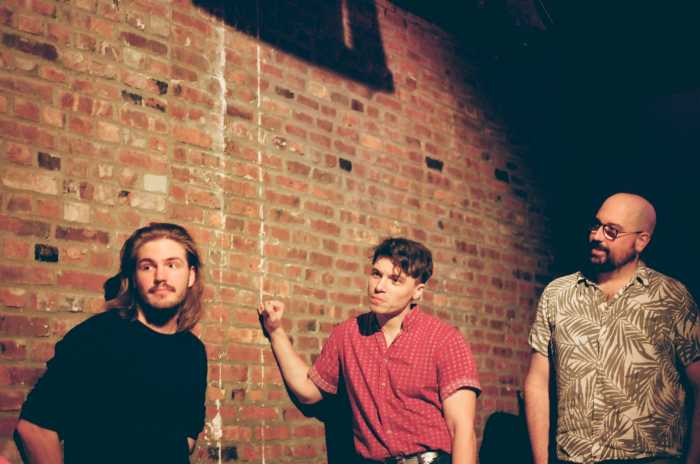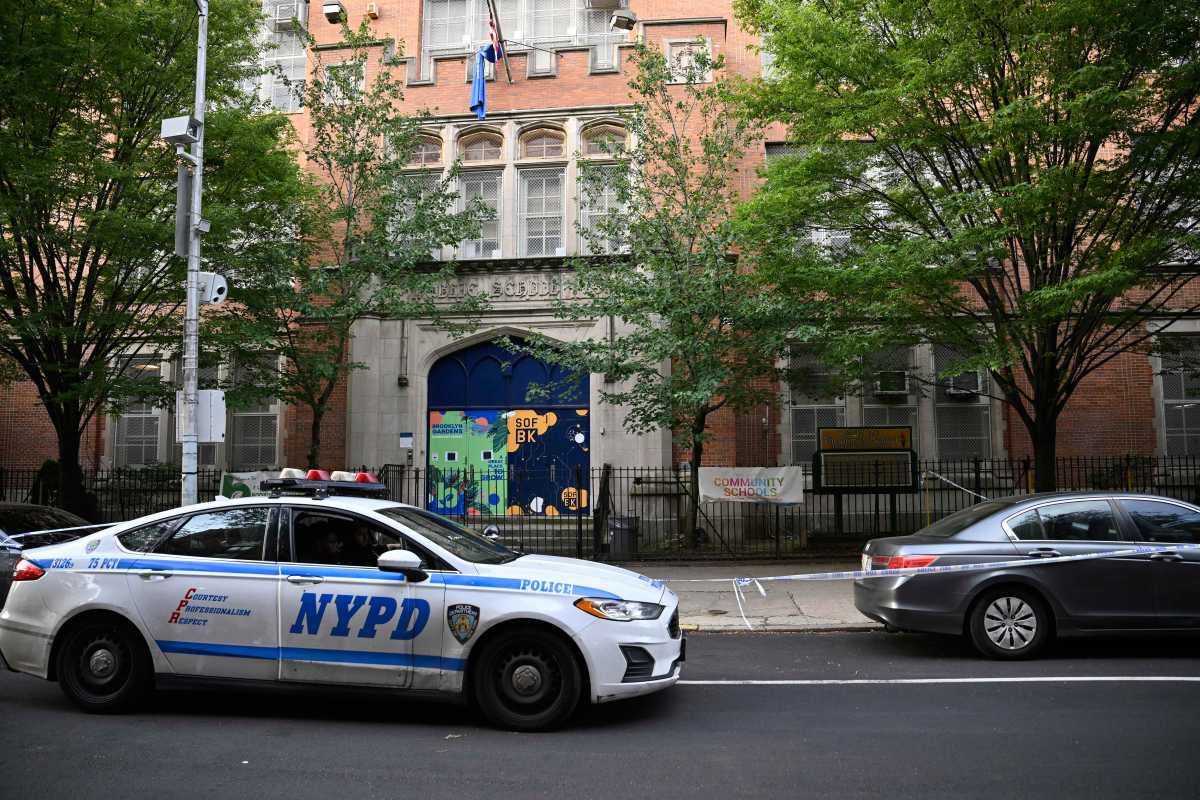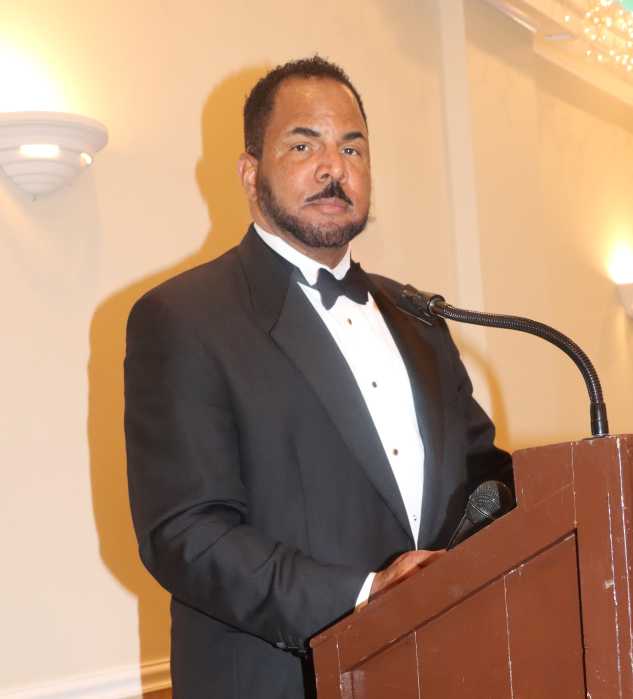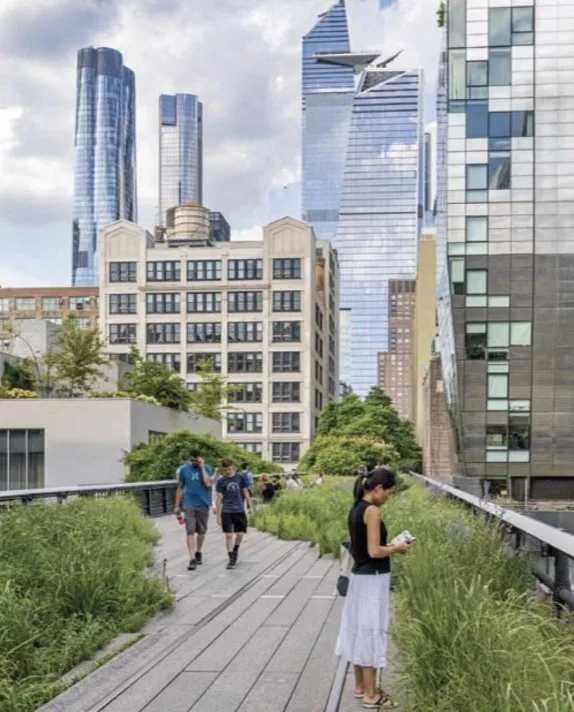While it may be difficult to picture now, East Flatbush was once a community with vast expanses of open land and occasional rambling houses dating back to the Victorian era and even earlier, crisscrossed by unpaved roads.
But, while that East Flatbush is long gone, the past has been recaptured in a new book, by the duo of Brian Merlis and Lee Rosenzweig, that focuses on the community as it once was, and contrasts it with the way it is today.
Entitled Brooklyn’s East Flatbush, Rugby and Pigtown Communities (Brooklynpix.com in conjunction with Israelowitz Publishing, $45.00, including shipping), the lavishly illustrated volume brings to life a neighborhood that is arguably at the borough’s very heart, both literally and figuratively.
Hundreds of black and white photos, augmented by maps, trace the community’s evolution from semi-rural backwater into a bustling urban neighborhood, an amalgam of residential blocks and thriving commercial strips.
Early views show sprawling wood-frame Victorian homes, crowned by turrets and wrapped by open porches, presiding over tree-punctuated fields. Fast-forward a few years — turning the pages of this engaging volume — to see many of those homes replaced by stately brick apartment buildings and tidy rows of attached and semi-detached residences that characterize great swaths of current-day East Flatbush.
The vehicles on view in the photos are among the most telling indications of the march of time. In early photos, the reader can spy an occasional box truck or wagon in a vast, unmotorized expanse. Later photos show a vastly different scene — crowded thoroughfares in which curvaceous cars of earlier epochs compete for road space with trolleys.
The fences on view in many of the early photographs delineate more than property boundaries. Running lazily along the lengths of a thoroughfare, they clearly demarcate the divide between developed and undeveloped, largely giving way in later pictures to ribbons of sidewalk that impose a geometric regularity to what had been, not that long before, empty land.
The pictures of the commercial strips are particularly fascinating. Within their boundaries can be seen not simply the irregular skyline of shopping streets such as Church and Utica Avenues, and the business signs evocative of another age, but also a kaleidoscopic view of changing fashion — in clothes, in vehicles, even in baby carriages — all framed by the rhythmic placement of telephone poles and the tautly strung trolley wires overhead.
There’s much sentimental evidence as well. One photo of Church Avenue shows the facade of Ebinger’s bakery; another, further on in the volume, shows the crowds arriving — notice how virtually all the men wore hats — at Ebbets Field, the long-lamented landmark at the neighborhood’s border.
To see further evidence of how times have changed, flip to a photo of a gas station at the intersection of Utica and Clarkson Avenues, taken in 1947. While numerous cars are pulled up to the filling station, few others are to be seen in the wide roadway, where a trolley can be espied in the distance. Pedestrians are few and far between too, just a few waiting at one street corner, and another, in the distance, crossing the street. The street fixtures also look different. Elegant curlicues act as brackets for the street lights; as for the traffic lights, each side has only two, harking back to a simpler era when the choices were simple and straightforward, either stop or go.
This book offers an equally simple choice: Keep going, to meander through the East Flatbush of old, thanks to photos that reflect the beauties and curiosities of a vanishing past.
To order a copy of the book, log on to www.Brooklynpix.com.




